Military Overview: Israel Wages Terror Throughout The Region (Map Update)
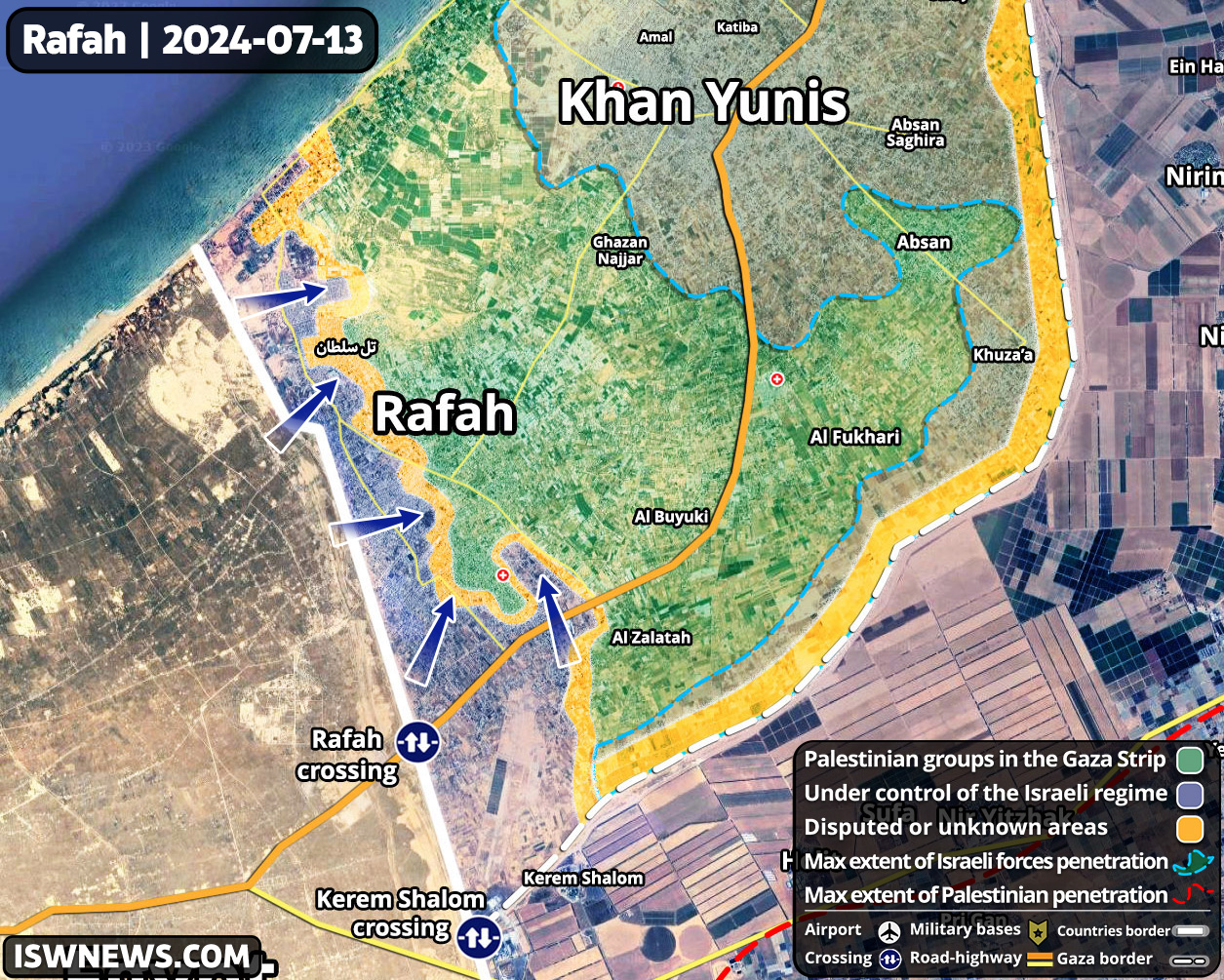
Fighting continues on the southern front in the Gaza Strip and on the northern front on the borders with Lebanon. The Israeli army announced that 10 soldiers of this regime were killed in different fronts during the last week.
The military situation in Gaza and Rafah has not changed much. Israeli forces have not been able to completely clear Rafah after weeks of fighting. Around 70% of the town is currently under Israeli control.
Fighting continues in the central areas of Rafah, in Tal al-Sultan, around the Saudi project and in the southern areas of the city.
The situation in other parts of the Gaza Strip remains unchanged. Israeli forces are stationed in the central axis of the Gaza Strip, known as the Netzarim axis. In addition, Israeli engineering units are demolishing buildings and clearing areas in the northern and southern parts of the Netzarim axis.

Israeli forces recently destroyed six tunnels belonging to Hamas and Islamic Jihad in the Shujaiyeh area. One of the tunnels destroyed was Islamic Jihad’s main tunnel in Gaza City, which was 2.5 kilometres long and used for command and control operations. In total, at least six kilometres of tunnels were destroyed in Shujaiyeh.
The tunnels and underground facilities used by Palestinian resistance groups pose a significant challenge to the Israeli regime. Despite the Israeli army’s efforts to secure Gaza City and other areas of the Gaza Strip, the extensive network of underground facilities makes this task seem impossible.
Palestinian fighters use these tunnels on a daily basis to launch surprise attacks against Israeli forces and equipment.
Yesterday, the Israeli army ordered Palestinians in several neighbourhoods of Gaza City to evacuate the area and move to designated humanitarian zones. The zones are located in the al-Mawasi area on the southern coast of the strip, the western districts of Khan Yunis and Deir al-Balah in central Gaza.
Colonel Avichay Adraee, the IDF’s Arabic-speaking spokesman, has published a list of areas for evacuation. Among the areas to be evacuated are the neighbourhoods of Sabra, Rimal, Tal Al-Hawa and Daraj in Gaza City.
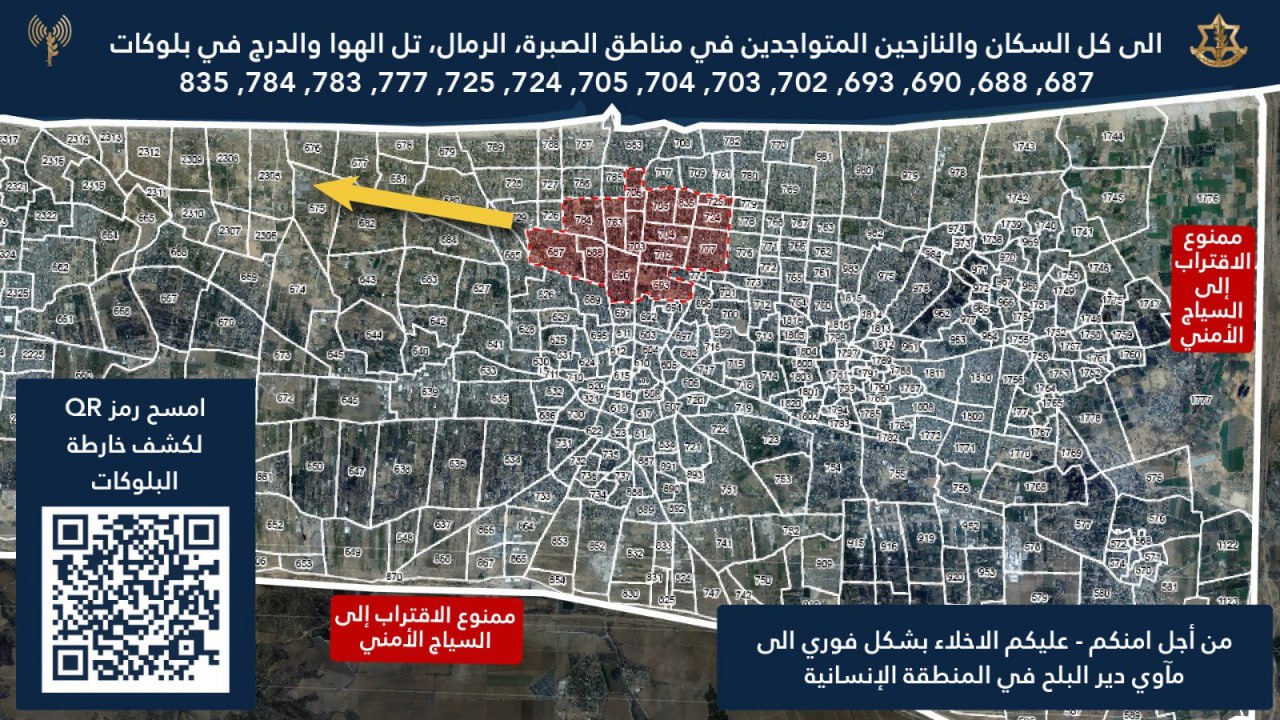
These announcements are made as bombardment of civilian targets and infrastructure continues. At least 50 Palestinians have been killed in Israeli attacks over the past 24 hours.
In just one of these attacks, 17 Palestinians were martyred. In this crime, the house of Abu Farih’s family in the Nusairat refugee camp was bombed by Israeli warplanes. 14 of those killed were women and children.
Today, also the fighter jets of the Israeli regime targeted the so-called humanitarian area of Mawasi. In this crime, more than 70 Palestinians were martyred and 290 others were injured. A large number of martyrs and injured are women and children, including children less than two years old.
The video contains heartbreaking scenes
In recent months, the Israeli army has issued statements calling on civilians to evacuate certain areas. However, these evacuations do not appear to have had a significant impact on the Israeli army’s operations in Gaza. Palestinians return to their homes after some time, and the Israeli army does not actually send troops to the evacuated areas. So these announcements mainly mean more air strikes, more destruction and more casualties in Gaza.
So far, Israeli air strikes have killed at least 38,243 Palestinians and wounded 88,033, most of them women and children.
Yesterday there was a major change in the command of the Israeli army in the West Bank.
Major General Avi Blot took over the Israeli army’s Central Command in a handover ceremony at the unit’s headquarters in Jerusalem, becoming the new general in charge of the West Bank region.
Major General Avi Blot will be replaced by Major General Yehuda Fox, who is retiring from the IDF, ending a 36-year military career.

Following the 7 October attacks, tensions and conflicts in the West Bank have escalated significantly, leading to dire security conditions. The Israeli army carries out military operations in the area on a daily basis. In a recent incident, 13-year-old Palestinian Ghassan Gharib Zahran was fatally shot by Israeli soldiers in the town of Deir Abu Meshaal, near Ramallah.
The Palestinian Prisoners’ Club announced that the Israeli army has arrested 16 Palestinians in different areas of the West Bank since yesterday. Israel has arrested more than 9,600 Palestinians in the West Bank since the start of the war on Gaza.
The situation on the northern front remains tense: despite repeated Israeli threats to launch military operations into Lebanese territory, no attacks have been carried out. Earlier, Lebanese Hezbollah leader Sayed Hassan Nasrallah warned in a televised speech that any Israeli military operation into Lebanese territory would be met with a strong response from Lebanese resistance groups and Hezbollah. The message seems to have gone down well in Tel Aviv.
However, the Israeli military has stepped up its drone strikes and assassinations against key Hezbollah figures in recent weeks. Israel is attempting to raise the cost of the war for Lebanese Hezbollah by targeting Hezbollah field commanders and key figures with assassination attempts.
On July 9, an Israeli airstrike against a vehicle on the Beirut-Damascus highway, near a checkpoint between Lebanon and Syria killed Yasser Qarnabash, a senior Hezbollah member close to the Seyed Hassan Nasrallah.
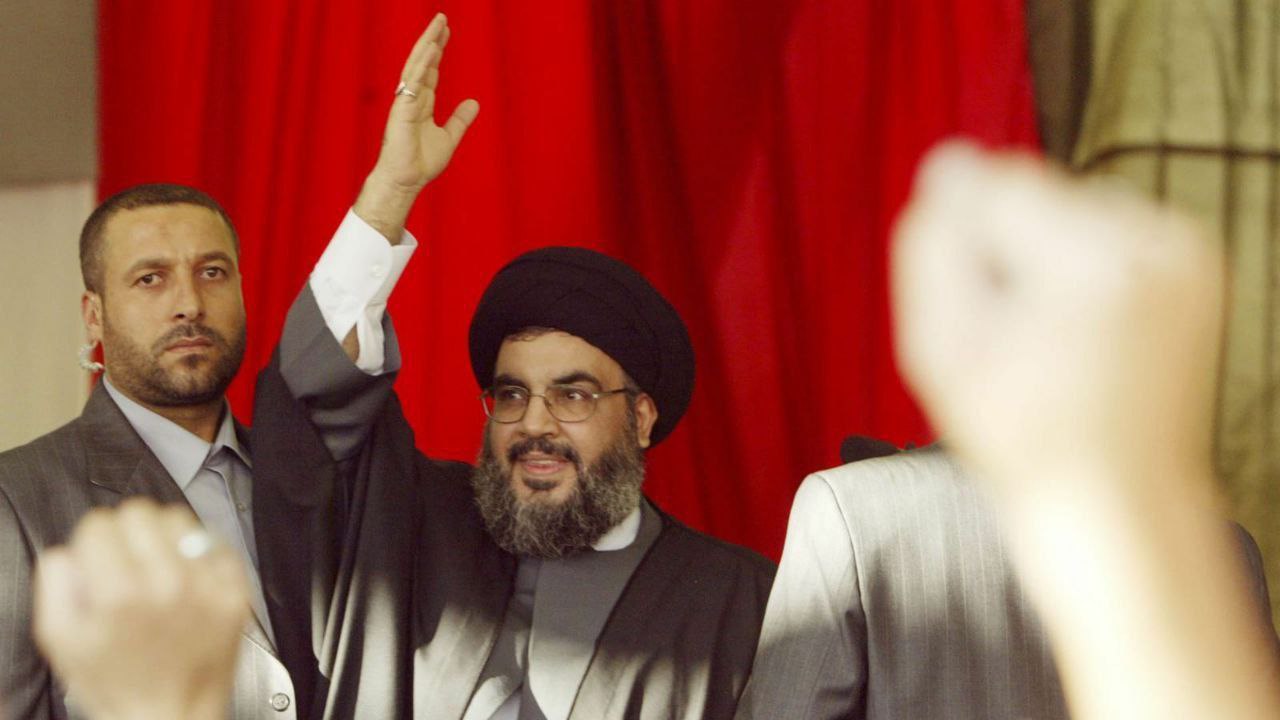

On July 3, a senior Hezbollah military commander, Muhammad Na’amah Nasser, was assassinated by Israeli drones in the city of Tyre in southern Lebanon. Na’amah played a major role in the liberation of southern Lebanon in 2006 and in the battles in Syria and Iraq against ISIS and Al-Qaeda terrorist groups. He also led and supervised dozens of operations against the Israeli army during the recent fighting in northern occupied Palestine.
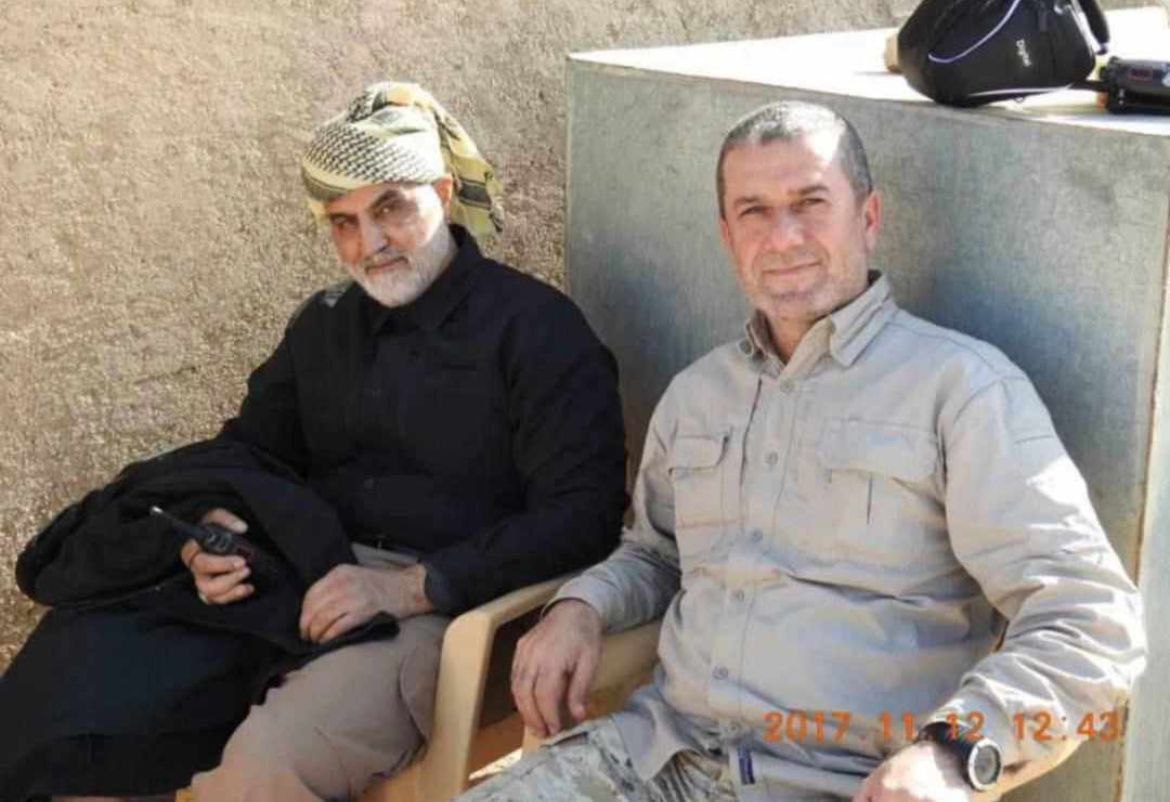
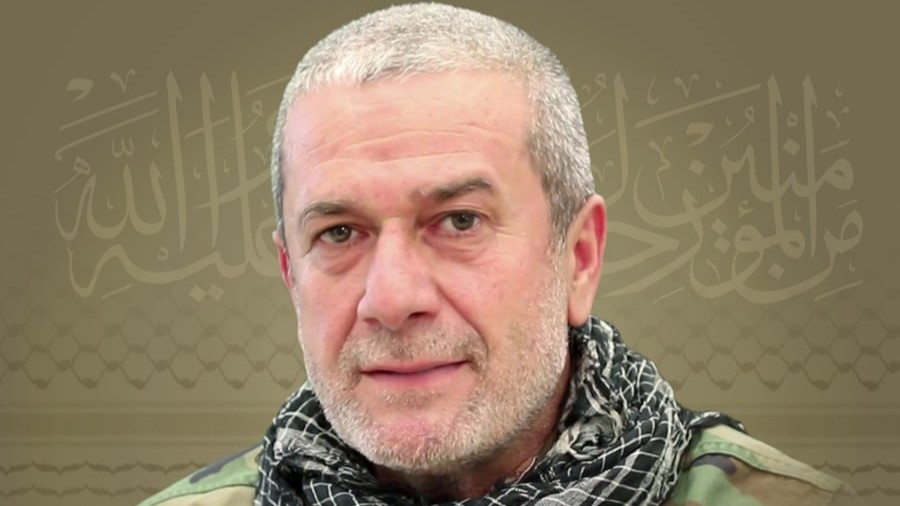
Alongside targeted assassinations, artillery and airstrikes continue in southern Lebanon.
Israeli warplanes bomb Lebanon’s southern regions and towns on a daily basis. Hezbollah fighters also use heavy rockets, anti-tank missiles and suicide drones to target Israeli positions and bases in northern occupied Palestine.
On July 6, for example, Hezbollah carried out a series of targeted attacks on key Israeli army positions in southern Lebanon. Hezbollah fired dozens of rockets at the Nimra base west of the Sea of Galilee and the Mount Meron air traffic control base. They also targeted Israeli troops in the Birkat Risha area with guided missiles, hit surveillance equipment in the al-Rahib area, and shelled the Bayad Blida and al-Baghdadi areas.
Military operations along the northern borders have led to widespread evacuations of settlements. The Israeli Ministry of Housing and Immigration reports that hundreds of thousands of settlers have left the occupied territories since the start of the war.
According to the latest reports, more than 250,000 Israeli citizens have been displaced by the war, with some 164,000 ordered or recommended to evacuate with government compensation and nearly 150,000 evacuated without being asked.
The number of Israeli refugees increases daily...
According to a report by Israel’s Channel 12, social media has been filled in recent weeks with posts from Israeli settlers to their friends who are considering leaving Israel. The ongoing 10-month war has produced unclear results, prompting some settlers to consider leaving the country.
Channel 12 TV reported that a new survey shows that the number of Israelis who want to emigrate from Israel has increased by two and a half times.
It is worth noting that 500,000 Israelis have left the country since the start of the Gaza conflict.
The disastrous political situation in Tel Aviv, the unfavourable and critical security situation in the West Bank, the war in the Gaza Strip and Israel’s failure to achieve its set goals in the Gaza Strip, the war and tense situation on the northern front and the possibility of a full-scale war with Hezbollah are challenges that have made Israel more vulnerable to collapse than ever before.
All this, together with the massive wave of emigration from Israel, has left the outlook for the political and security situation in the crisis-ridden country in a cloud of uncertainty.
Published on SF




Comment